How to Paint with Watercolors for beginners

How to Paint with Watercolors for beginners
This is just an ICT task that I make. Maybe this is just copy-paste from some source, but hopefully can be useful. Make beginners who want to know how to paint, here I will teach techniques how to paint for beginners. ..
-Tips Paint :)
· Feel the Color Sensation:
With watercolor, the color will always be more intense (stronger and darker) while still wet, and the colors will be lighter and faded as it dries. This is where you learn to distinguish the dense and faded colors of the watercolors through practice and experience. If you feel the color you are brushing is too faded or pale, then give it a more concentrated color by adding watercolor and reducing water use, or adding a new layer to the first layer. So, optimize your feeling.
· Perform Color Test:
Watercolors quickly dry up. So try on a scrap paper or a little brush on the edge of the painting before you use it. This way you will know the color of dark or light.
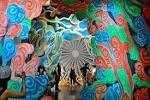
· Drying Water Paint Can Be Dissolved (Saluble):
Even watercolors that are dry, can be reconstituted with water. You can wet back the dry paint with a brush, and the paint can be reused. That is, you can lift the dry paint you already use on paper to correct coloring errors, brighten the color by partially reducing it from paper, or even mixing it with a new color. But be careful, do not make the solution or swipe it too often, because it can damage the surface of your watercolor paper.
· Water Paint is Transparent
You can see from the layer of color you are brushing, so it is almost impossible to hide the error. There is no need to fight this basic nature, but be friendly and work with this transparent nature.
· Starting from Bright Color to Dark Color
Since the white color of the watercolors comes from the paper's white color, not the white color of the watercolor itself, as always I suggest that you color from light areas to dark areas. Start with light colors, then find a way to slowly add it with a more concentrated color. Do not be afraid to experiment with dark colors gradually. I guarantee it will be a fun experience for you.
· Use Leverage Brushes
If you only have one, the best brush will help you more than the cheap, easy-to-lose cheapbrushes. A good brush also saves you from despair in learning to paint. A good brush will last its shape so you can make a clear sweep of a point. In addition, you can also produce more quality work. So there's no harm in spending more money for the best work.
· Do not Add Too Much Water
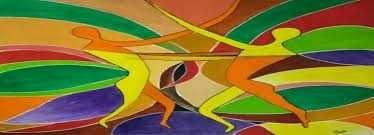
Avoid carelessness adding water after you rinse the brush by wiping it with a dry cloth before you use it again. If you already put too much paint on the brush and you want to reduce it, then use a clean dry cloth by cleaning gently from the metal hair clamp brushes move to the end of the brush hair. This method can prevent hair brush from hair loss and keep the shape as before.
Watercolor Paper is Different
There are various varieties of watercolor paper. What distinguishes not only its thickness, but also its surface texture and white color level.
· Stretch Your Thin Paper
The more colors you apply and the thinner the paper you use the more will allow your paper to shrink. This can be prevented by stretching your paper as fast as possible. 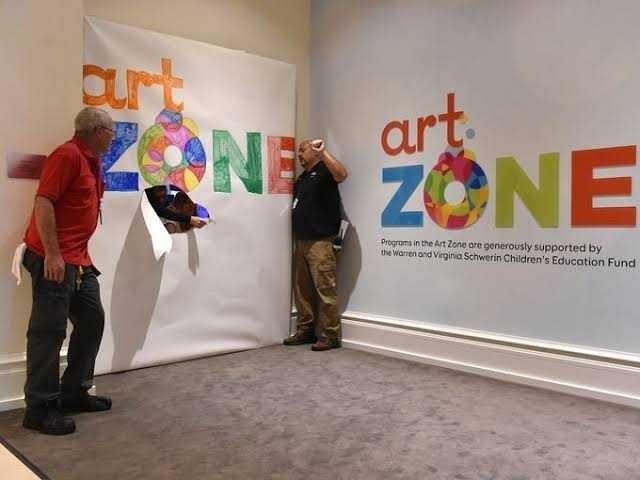
· Beware, Fluid Mask
Masking Fluid or Frisket is very useful to block certain areas that we do not want to color. But note first the quality of paper you use. Masking Fluid will damage the paper if you can not use it. Fluid masking should be removed after the paper is completely dry. I do not recommend the use of fluid masking, because restricting color to certain areas will not be as difficult as you think.
-Examples of How to Paint:
Watercolor may be quite difficult for beginners, but it will be fun and easy when you have the right equipment and basic technique of watercolor (car air). With the mention of the necessary equipment that makes everything get easier and also found some hints and warnings are typed in blue and red. Okay, what are you waiting for? Let's read the tutorial and start learn to paint.
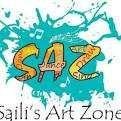
-Basic Equipment:
· Watercolor paper: you can buy it at the nearest art store (at Gramedia book store may also be sold). Avoid using printer or xerox paper.
· Mechanical pencil: to draw the main outline
· Setip / eraser: can use brand highlighter, mono, fable castel or staedler
· Mechanical eraser: to remove the detail part - kenko less good use the highlighter
· Household brush or paint brush: to clean dust shaft
· Watercolor brush small size, medium, and large - used in this tutorial is no.4 -7-10. And use a brush with a sharp tip to paint the small details do not use worn out brush.
· Worn out brush: to flatten and blend colors on the palette
· Dropper: to add enough water in the palette.
· Palette: you can also use plates or containers that are not capillary, but this type of palette is better.
· Place of water: please use at least 2 water containers. one to clean the brush and the other to mix the paint. Do not use only one container of water, because it will be more quickly cloudy and thickened from brush washing and damaging painting when the turbid water is reused to be mixed with paint.
· Copic opaque white: to be mixed with paint to create a blurred effect or used directly for white dots or highlights. other alternatives can use white poster paint. 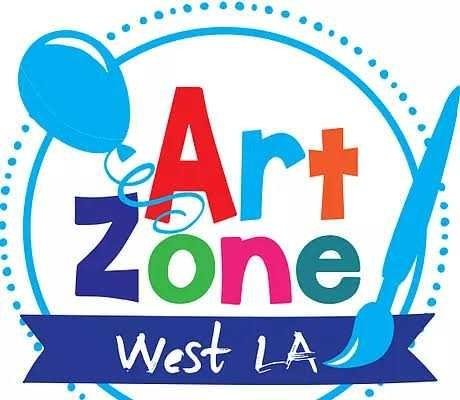
· Watercolor paint: use watercolor with student grade quality (eg van gogh) or other brands with artist quality such as Winsor & Newton or Holbein.
· Color pencil: to draw small details and retouching.
· Soft Pastel: used with wool or cotton bud to create fog effect or airbrush effect
· Tissue: a highly sought-after tool in watercolor techniques; gunakn tissue large and small size and function is to clean the brush, absorb water from the brush and wet paper.

SP: tutorials may be long enough so sometimes looking at the available images is enough to understand the technique being taught. So actually the explanation does not need to read all.
Sketch the sketchbook and then the original lineart image in the watercolor paper. When drawing is suggested scratch with a soft pressure so it will be easily removed when an error occurs.
Okay, then we start the coloring starting from the skin. Paint with color Orange Cadmium and Jaune Briliant which sudh melted for first layer. Then painted with Cherry Red color mixed with Cadmium Orange color that has been melted for his cheeks. Let some areas of the paper remain white as a highlight effect on the cheeks and color with wet in wet technique.
Hello! I find your post valuable for the art community! Thanks for the great post! ARTzone is now following you! ALWAYs follow @artzone and the artzone tag, and support our artists!
ha!! i def have to feature this on artzone
i gave you an honorable mention in todays artzone post